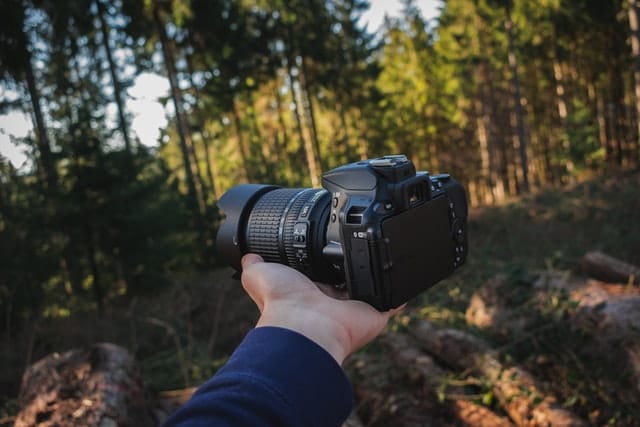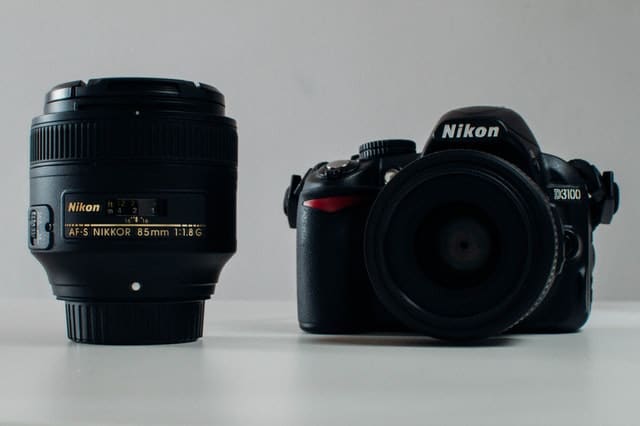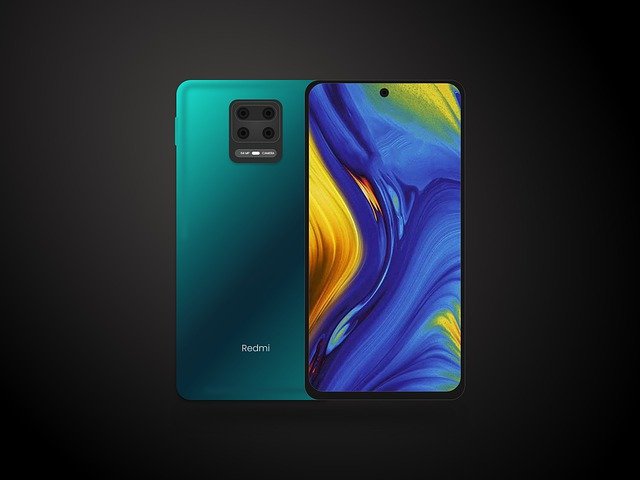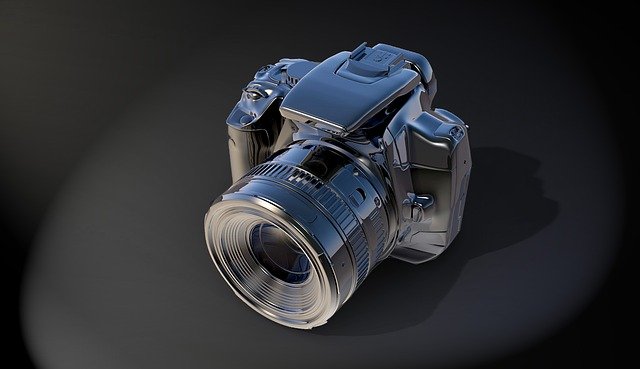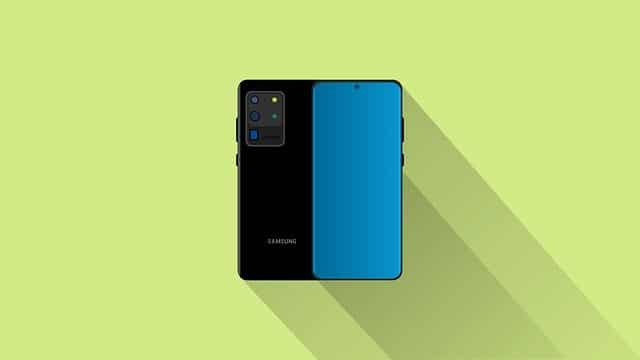Nikon introduced its smallest DSLR in 2015, and since then, there have been many upgrades. The D5500 had excellent performance despite its size, and it was also one of the lightest DSLR.
The D5600 is its successor with more improvements in terms of the image and overall performance. A few more features have been added to this upgraded model.
Although there are some common characteristics, let us take a closer look at the changes along with the latest features added in the D5600.
Image
The image quality of the D5600 is similar to the D5500. The imaging pipeline is the same, which is why the quality seems familiar. However, the images do look sharper as compared to Canon. Moreover, if the ISO is increased, the quality gets better.
The D5600 can make a great print at high ISO, which could range from 12,800 to 3200. The prints could vary in size, but the quality is still worth mentioning, especially at such a price range.
The resolution is also very high, with hue and saturation almost near or a little above average. The JPEGs produced by the camera are very sharp, wherein the RAW files provide more detail to the picture.
Performance
In terms of autofocus speed, startup time, there has been a vast improvement. Moreover, it can shoot up to five frames per second. This speed is ample enough for a lot of situations. Its metering system also has a variety of different ranges with regard to lighting.
For high-contrast scenes, negative exposure can be used for the retention of highlight details. The D5600 has an Active D-lighting system that allows such retentions, which can be important when the shadows and highlights are needed in the picture.
The camera might not be able to provide enough buffer depth, especially in RAW files. However, up to 100 frames can easily be captured in burst in JPEG form.
Battery
The battery life of the D5600 is excellent, and it has a lithium-ion battery, a custom rechargeable battery. The battery lasts for a longer time, even while using the viewfinder. However, you might want to keep a spare one if you will be out for long or use the Live View feature more often.
While using the optical viewfinder, you will be able to take about 970 shots.
Handling
The D5600 weighs 465g, and its dimensions are the same as its predecessor. Along with the display work, the camera is very easy to use and comfortable enough to handle. The frame coverage of its viewfinder is 95%.
There has been an additional feature added to this model. The Assign touch settings allow you to use the touchscreen through the optical viewfinder to fix the position only with your thumb. With that in mind, the touchscreen display can be articulated well.
Moreover, the D5600 is a very compact and light-weighted camera with comfortable handling as well.
Video
Although the quality of the video is good, it is not the highlight of this model. As mentioned above, the touchscreen display can easily be articulated, which becomes very convenient for vloggers.
The D5600 can take up to 60 frames per second. However, if the AF-P lens is used in the camera, the quality can better. The autofocus is fast while using the lens. The only drawback of the video in this camera is that you can only take a ten and 20-minute clip for 1080p60 at high and standard quality, respectively.
Regardless, the control settings during video recording in this camera are pretty good.
Autofocus
The autofocus on this camera has 39 points, and it is very swift. With such consistent autofocus, it can be used unassisted as well.
There are around nine cross-type points and enables autofocus even in the dark. However, the subject has to be close enough, and the AF assist should also be enabled while shooting in the dark.
Nikon SnapBridge
SnapBridge has been one of the topmost features introduced by Nikon in a majority of their cameras. The Wi-Fi with Bluetooth is in-built in this model. Previously Bluetooth was not included in this feature.
Hence, the SnapBridge is new to this model that includes the Bluetooth feature as well. This feature allows you to connect to any device and transfer the images via Bluetooth. Along with that, the photos can be shared with the help of the remote or manually.
Price
There is a vast range of prices in this model itself. The Nikon D5600 with AF-P that is 18-55 and 70-300mm is $853. In comparison, the other models come only with the 18-55mm VR Kit. One is with the kit, while the other one comes with a bag and card. The prices for these are $681 and $773 respectively. ( Prices may change according to market subjectivity)
The D5600 is best for spontaneous photography since most of the features are quick and easy to adjust. However, photographers who want to take more control of the settings might not find it to be the ideal camera.
However, the number of features this camera offers, along with its excellent, consistent performance, is impeccable at this price range.
Pros
- Lightweight and comfortable handling
- Excellent Live View performance
- SnapBridge feature
- Quick AF and autofocus
- High ISO with excellent performance
- High-speed clearance of buffer
Cons
- Slower burst rate in RAW files
- Bluetooth connectivity is slow
- Lacks hybrid AF
- The Wi-Fi is range is limited
Conclusion
Although some of the features in the D5600 are the same as their predecessor, it does have notable improvements in certain areas. The quality of the images is excellent that is very sharp and detailed.
The quality of the images is consistent in almost every situation. The SnapBridge feature provides an opportunity to share images in a short time. It has in-built Wi-Fi along with Bluetooth. However, it does require a few upgrades for smoother functioning. The autofocus and touchscreen display is worth-mentioning. The D5600 might be a good option if you want a compact yet excellent performer in terms of the images’ quality. Additionally, photographers looking to enhance their creativity can experiment with various techniques, such as using DIY toy photography backdrops to create unique scenes for their images. This not only adds an artistic flair but also allows for endless customization to suit personal styles. Overall, the D5600 remains a strong contender for those seeking a versatile camera that delivers impressive results while being easy to transport.

